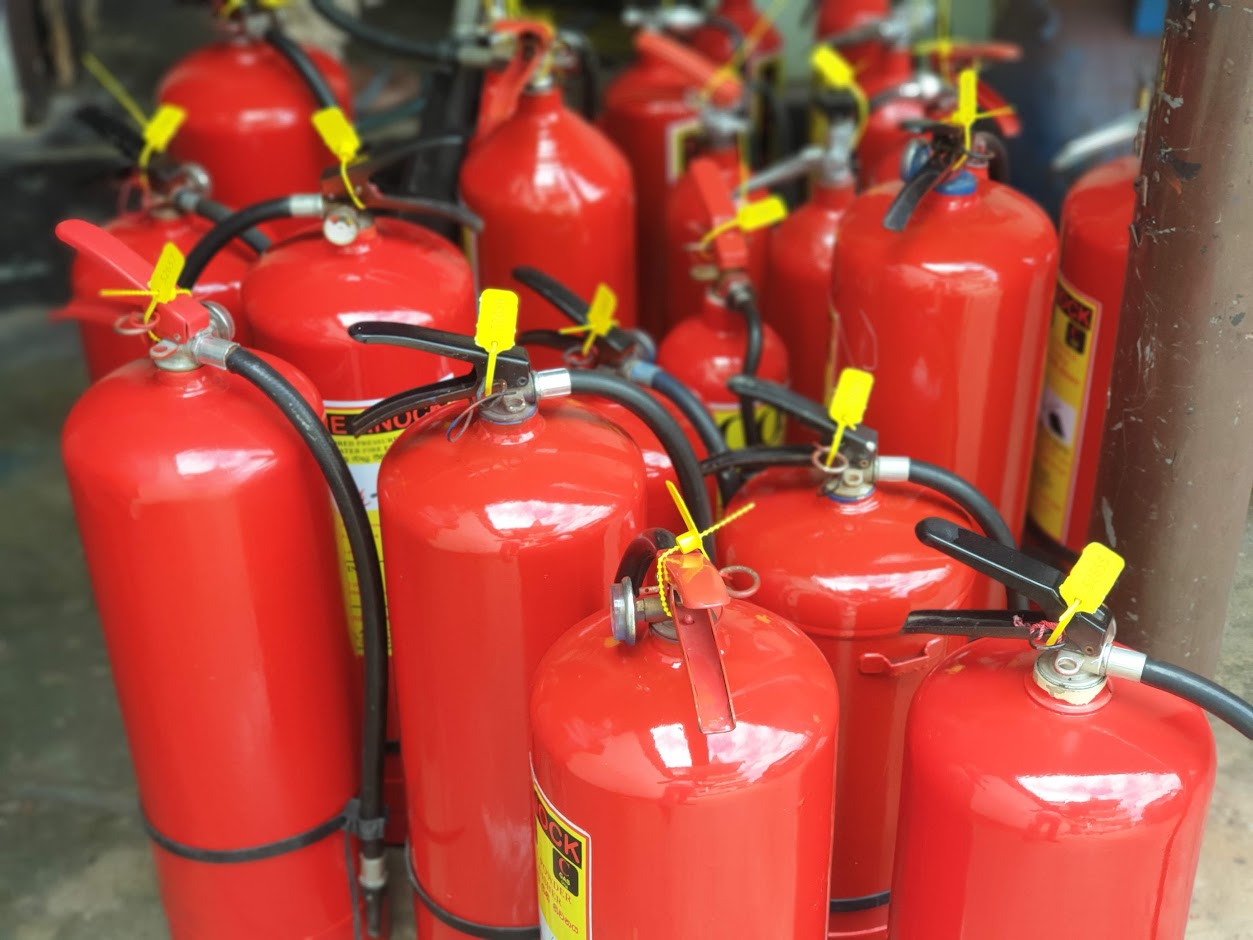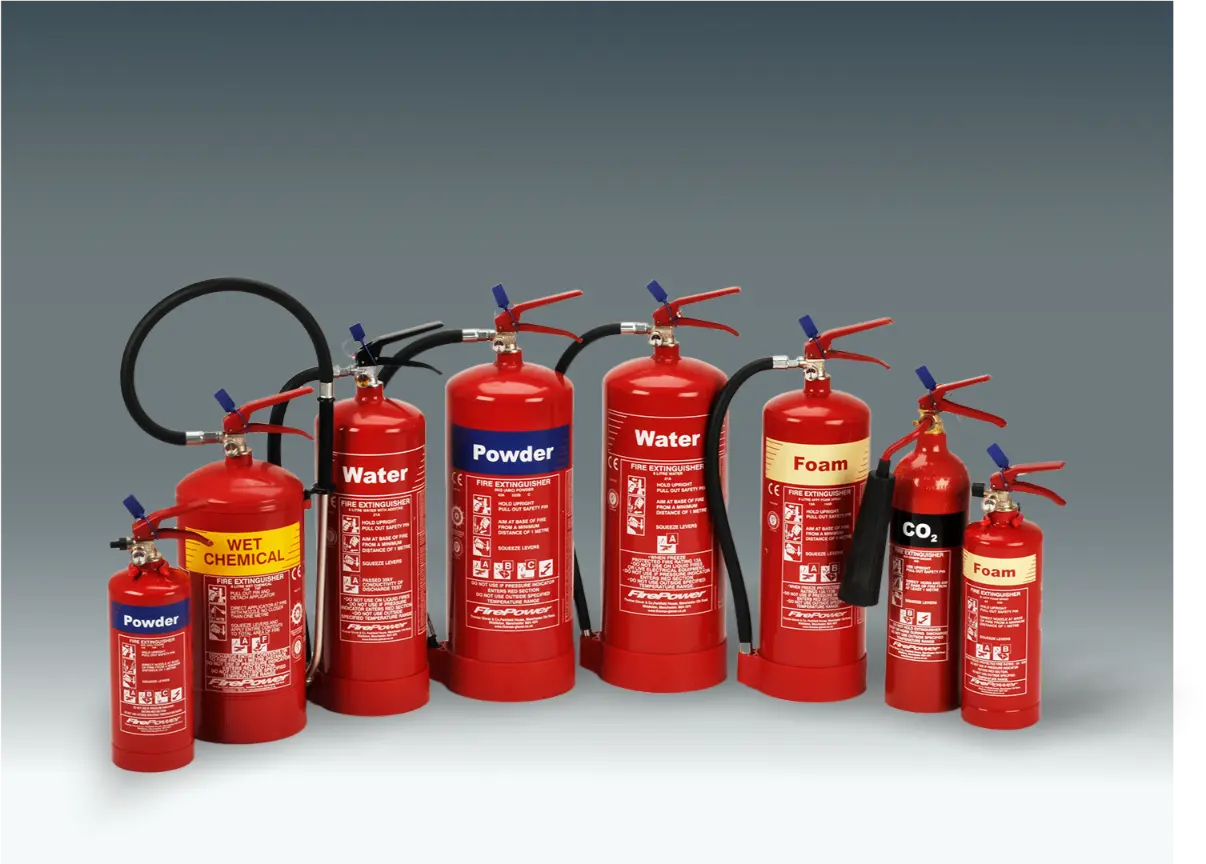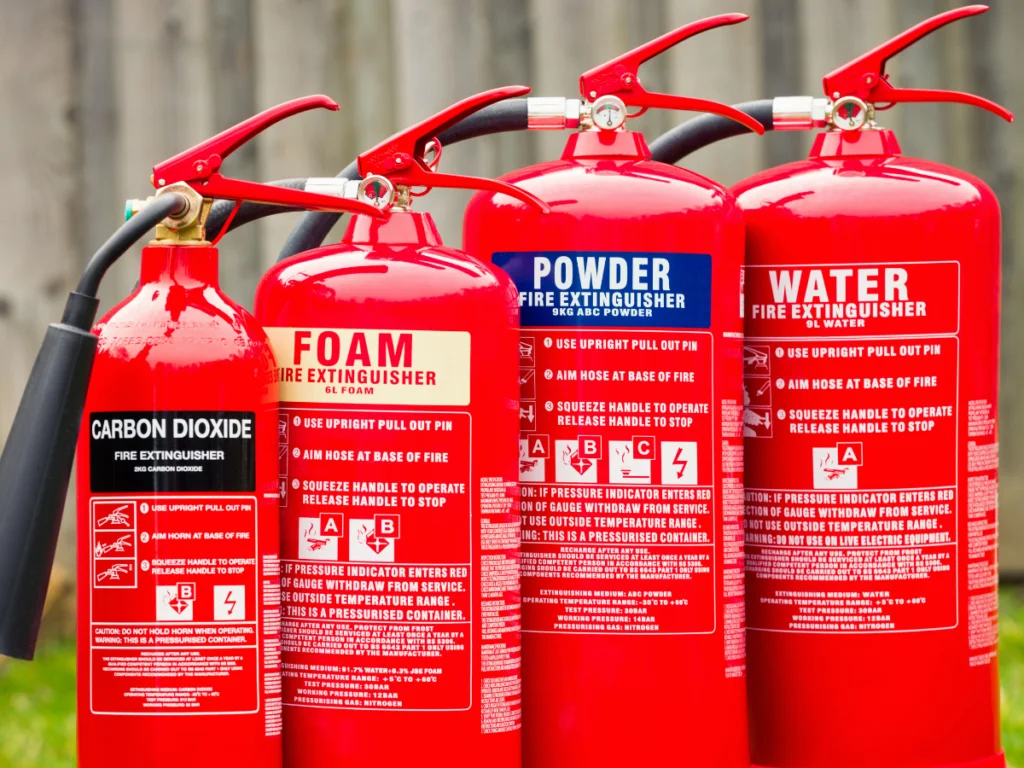FULL-SERVICE SOLUTIONS
FIRE ALARMS OF ALL BRANDS
Fire Alarm System is designed and installed to detect any unwanted happenings caused due to fire accidents whether it’s a small scale or a large scale. We design and install manually/automatically operated fire alarm systems according to your building requirements. We offer inspection, testing, repair, and maintenance services of addressable and conventional systems. The moment fire detection alarms sense fire, it signals and informs/alert/warn people in the residential or commercial area where fire has taken place.
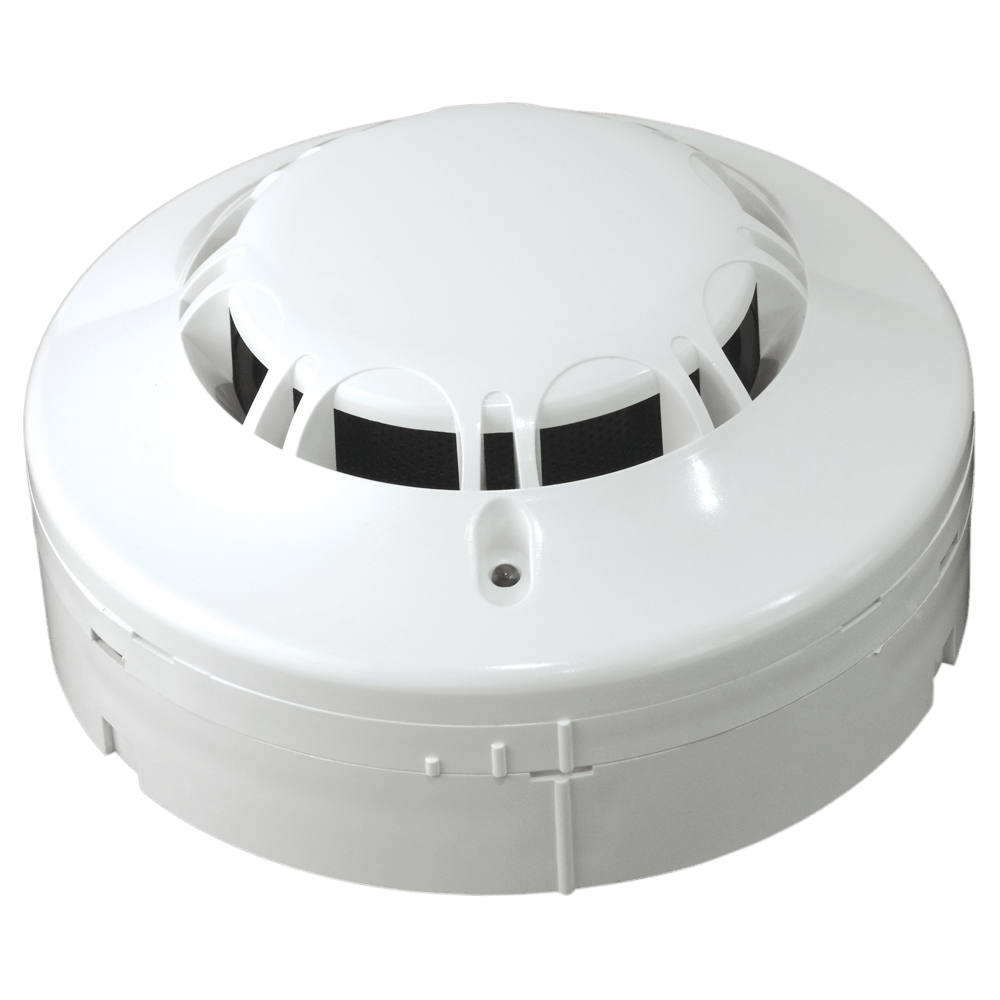
Smoke detectors
PhotoelectricSmoke detectors work by detecting small particles in the air and sounding an alarm when the particle level exceeds a certain threshold. There are two main types of smoke detectors: ionization and photoelectric: Ionization A small amount of radioactive material is used to ionize the air between two charged plates, creating a flow of ions. When smoke enters the chamber, it disrupts the flow of ions, reducing the current and triggering the alarm. .
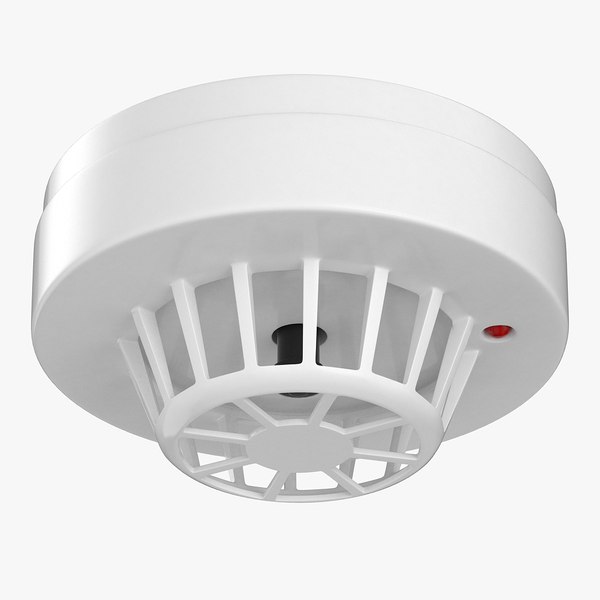
Heat detectors
temperatureHeat detectors work by detecting increases in temperature and triggering an alarm. They work in a number of ways, including: Melting a fusible material The heat melts the fusible material, which activates the alarm Changes in electrical current Heat loads on bimetallic metals cause changes in electrical current, which activates the alarm Thermistor As the temperature increase the resistance of the thermistor decreases, which triggers the alarm Expansion of solids, liquids, and gases The air in the chamber expands and deforms the diaphragm, which triggers the alarm Low melting point alloys The low melting point alloys detect increases in temperature and trigger the alarm Heat detectors can be classified into two main types: Rate-of-rise: These detectors respond to a rapid increase in temperature Fixed temperature: These detectors operate at a set temperature Heat detectors are used in fire alarms to help reduce property damage
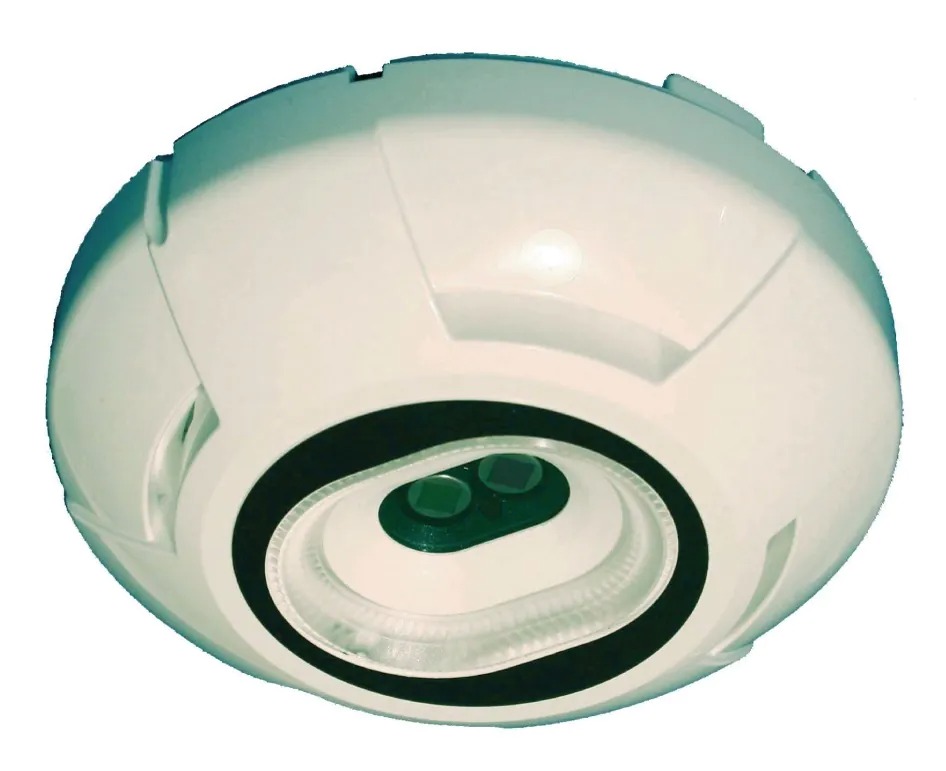
Flame detector
OpticalFlame detectors use optical technologies to detect flames by looking for specific frequencies of infrared (IR) and/or ultraviolet (UV) radiation: IR flame detectors These detectors use thermal imaging cameras to sense the unique IR radiation patterns produced by hot gasses from fires. However, IR flame detectors can only sense and respond to fires that flicker. UV/IR and multi-spectrum infrared flame detectors These detectors use optical technologies to detect flames of different fuel sources. Flame detectors work by: Detecting the unique radiation emitted by flames Generating an electrical signal Processing the signal to trigger an alarm or activate fire suppression measures Flame detectors can be affected by: Other hot surfaces: These can cause false alarms Background thermal radiation: This can cause false alarms Water on the detector's lens: This can greatly reduce the accuracy of the detector Direct sunlight: This can reduce the sensitivity of the detector
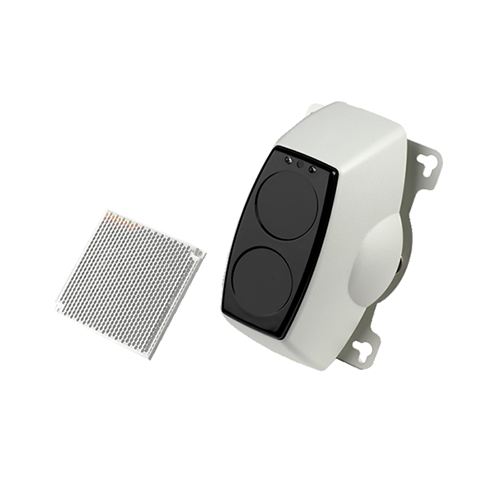
Beam detector
IR light beamsBeam detectors use the principle of light obscuration to detect smoke or heat: Light obscuration: A beam detector sends a light beam between a transmitter and receiver unit. When smoke blocks some of the light, the detector senses the percentage of light blockage. Changes in frequency: The detector can also detect changes in frequency caused by heat or smoke. Beam detectors are often used in large commercial and industrial buildings as part of a fire alarm system. They can cover a large area, and are more cost-effective than using an array of smoke detectors. However, they are not suitable for outdoor use due to environmental conditions like rain, snow, and fog. There are two types of beam detectors: Receiver-transmitter type: A transmitter sends IR light beams to a receiver unit. Reflector type: A receiver-transmitter unit sends IR light beams to a reflector, which then reflects the light back to the unit.
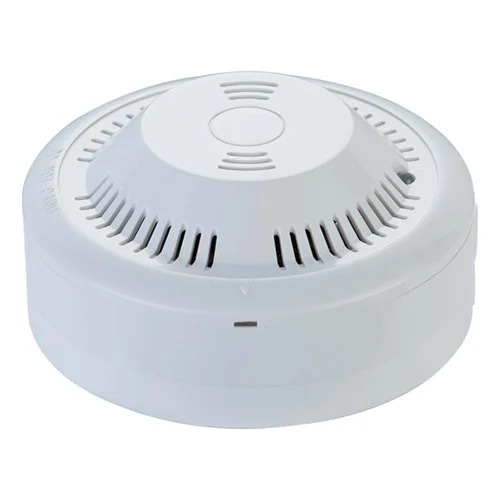
Gas leak detectors
InfraredGas leak detectors, also known as sniffers, use various sensors to detect the presence of gas and trigger an alarm. The working principle of gas leak detectors depends on the type of sensor used: Electrochemical Gases diffuse through a porous membrane to an electrode, where they are oxidized or reduced. The amount of current produced indicates the concentration of the gas. Catalytic bead A platinum-treated wire coil oxidizes when it comes into contact with combustible gas, triggering an alarm. Infrared Infrared light is transmitted through the gas, and the intensity of the absorbed wavelengths is measured. The detector calculates the gas concentration based on the differences observed. Pellistor A mixture of air and flammable gas enters a sensor and burns near a catalyst material. The temperature difference between the active and reference beads causes a difference in resistance, which is measured. Acoustic Sound waves are used to identify the distinct noise patterns created by gas leaks. Once a gas has been detected, the alarm will sound, sometimes accompanied by visual cues, such as flashing lights. .
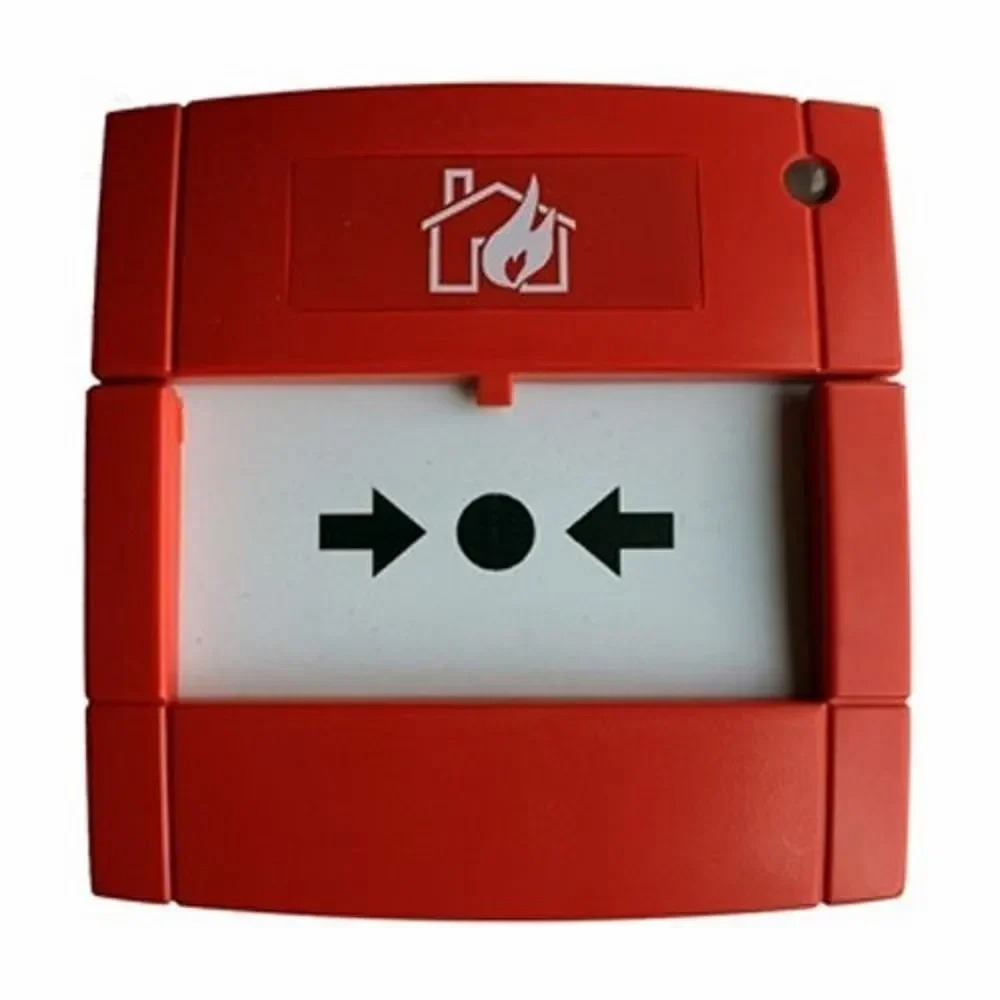
Manual Call Point
ManualThere are multiple matches for MCP working principle, including a manual call point (MCP) and a microchannel plate (MCP): Manual call point (MCP) A small box with a button or lever that activates a building's fire alarm. When the glass is broken and the button is pressed, the fire alarm is activated. The MCP notifies the fire alarm control panel and fire services of the fire's location. It can also trigger the sprinkler or smoke control systems. Microchannel plate (MCP) A device that detects single particles and photons. It's a high-gain amplifier for electrons that's sensitive to charged particles and electromagnetic radiation. MCPs are used in many photonic instruments, including image intensifiers and converters. They're also used in medical diagnosis to detect X-rays and in industrial inspection. Here are some of the fundamental physical principles of MCPs: Gain: MCPs have a high gain Efficiency: The detection efficiency depends on the energy and type of the particles or photons Spatial resolution: MCPs have many separate channels, which provides spatial resolution Magnetic field immunity: MCPs are relatively immune to magnetic fields.
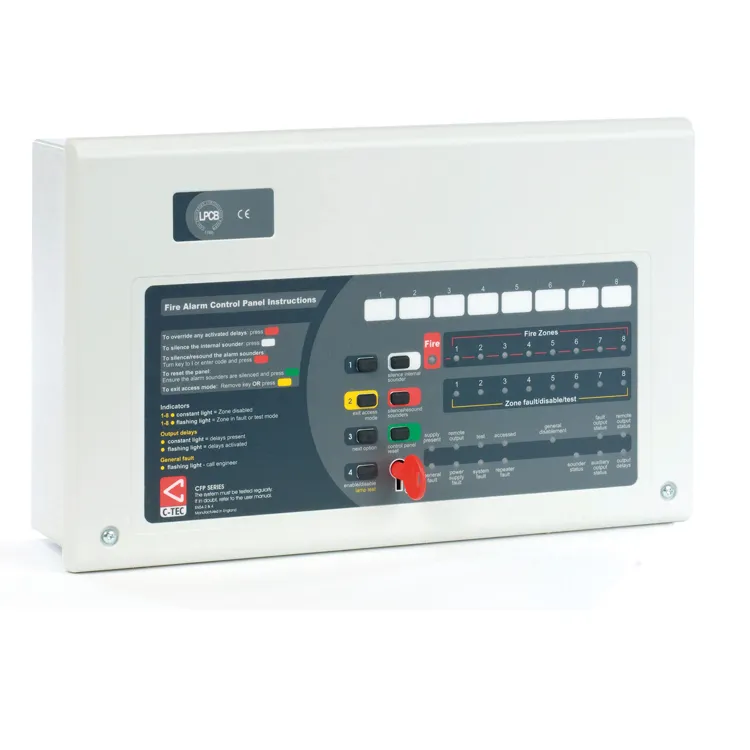
Conventional Fire Alarm Panel
ZonesA conventional fire alarm system works by connecting sensors, or initiating devices, to a central alarm panel. When a sensor detects a fire, it sends a signal to the alarm panel, which then activates the warning system. Here are some key features of a conventional fire alarm system: Radial wiring: The system uses a radial wiring method, where single legs of cable are wired from the main panel. Detection zones: The space is divided into zones, each with a dedicated circuit in the control unit. Warning system: The warning system can include audible alarms, like bells or horns, and visual alarms, like strobe lights. Notification: The warning system is usually connected to a telephone system to notify the fire department. Limited information density: The information density is limited to the number of circuits used. Rough location: The system can only roughly locate the position of the fire. A conventional fire alarm system's main disadvantage is that it can't identify the exact location of a fire. To find the exact location, you need to check every detector in the area. .

Addressable Fire Alarm Panel
ProtocolAn addressable fire alarm system works by using a system-wide protocol to communicate between the fire alarm panel and devices: Devices Each device is assigned a unique number or code, called the device address. Communication The fire alarm panel uses coded language to communicate with the devices. Digital signals The system converts voltage variations into binary code, which is then used to transfer information to the control panel. Location The system can pinpoint the exact location of a fire, smoke, or other issue. Addressable fire alarm systems are often used in large, complex buildings, such as hospitals, schools, and industrial facilities. They offer many benefits over conventional fire alarm systems, including: More information Addressable systems can transfer more information to the control panel than conventional systems. Pinpoint location Addressable systems can pinpoint the exact location of a fire, smoke, or other issue. Loop configuration Addressable systems use a loop configuration that uses less cable than conventional systems. .
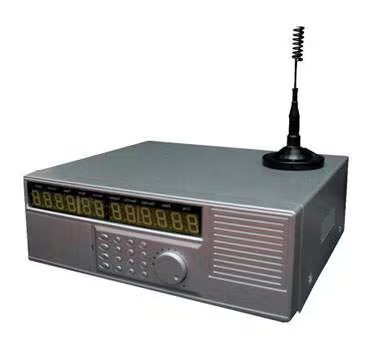
Wireless Fire Alarm Panel
Radio FrequencyThe system uses radio frequency technology to communicate between each of the individual detectors, which are then connected to a central control panel. This allows for the detection of smoke and fire in each room or area of your building without any need for wiring or drilling holes through walls.
FIRE EXTINGUISHER
MAINTENANCE SERVICE
works with the objective to ensure your buildings are occupied with the right number and kind of extinguishers to meet code requirements backed up by the best fire safety services and plan of maintenance.
Like any lifesaving equipment, you should also ensure your extinguisher is operable or not at all times so it will work when you need it most. Under the guidance of your fire extinguishers can be long-lasting, reliable options for combating a fire at an early stage. According to the NFPA 10 and with proper inspection, testing, and maintenance protocols we help to ensure your extinguisher is ready..
Fire Suppression System.
A fire suppression system is a managed collection of parts, built to extinguish fires with the help of the application of a particular substance. Most usually, fire suppression system has built-in elements that identify fires at the initial stages through heat, smoke, and other alert signals. By using water only, you can’t extinguish every fire. We want to tell you that water often causes more damage than fire does itself. This is the main reason to regulate the fire extinguishing tool during a fire accident. Thus, it becomes a critical part of the fire-fighting system design. DGS has designed an unique hazard suppression systems for over 15 years. We have the most suitable solutions for guarding specific resources such as artwork, data storage rooms, retail cooking operations, and ignitable industrial hazards to ensure zero downtime to your business process and zero damage to your property or assets.
.
Fire Fighting
System
C
The electric pumps perform on 3 phase AC supply. The electrical fire water pumps have high capacity than the jockey pumps. These pumps trigger as soon as the pressure drops below the certain point, usually lower than set point of the jockey pump.
While pump is working in emergency, if the dark out occurs then the electric pump will off. It is the worst condition may have occurred when using main electrical fire water pumps, to overcome this disadvantage the NSC has an instruction. To install a Diesel engine pump which will depend ON automatically when the dark out occurs.
Fire Sprinkler Systems
A fire sprinkler system is an active fire protection, including a water supply system, providing adequate pressure and flow rate to a water distribution piping system, onto which fire sprinklers connects.
Over the years, fire sprinklers have become compulsory safety equipment in most parts of India, in certain occupancies like recently constructed hospitals, schools, hotels, and other public buildings, Industries, etc.
Sprinklers may be required to reduce potential property losses or business interruption. Each sprinkler activates independently when the predetermined heat level reach.
Every building should have categorized for fire risk under the following categories: light hazard, ordinary hazard group, and high hazard group. Factors involved in classifying a building’s risk level have the material used in construction, the occupancy level, the materials stored in the
.
Contact
SKD Fire
00 94 760 954 116
00 94 786 253 468
sewskd@gmail.com.
